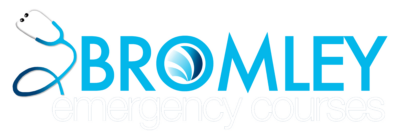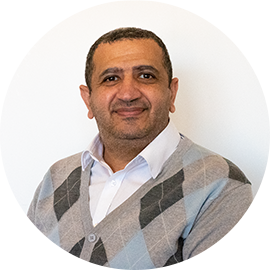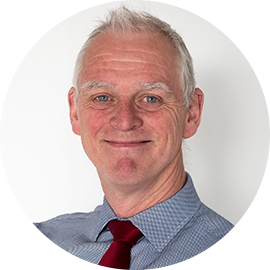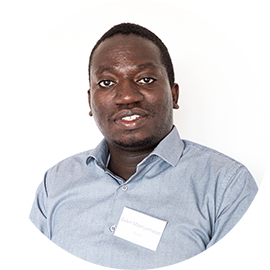Ultrasound Guided Nerve Block Course
This course is aimed at those working in emergency medicine and related areas who are interested in further developing their knowledge and skills in ultrasound guided nerve blocks.
Next course dates: 23rd May 2024
Fee: £350
Venue: Terracotta Court (ground floor), 167 Tower Bridge Road, London, SE1 3LN
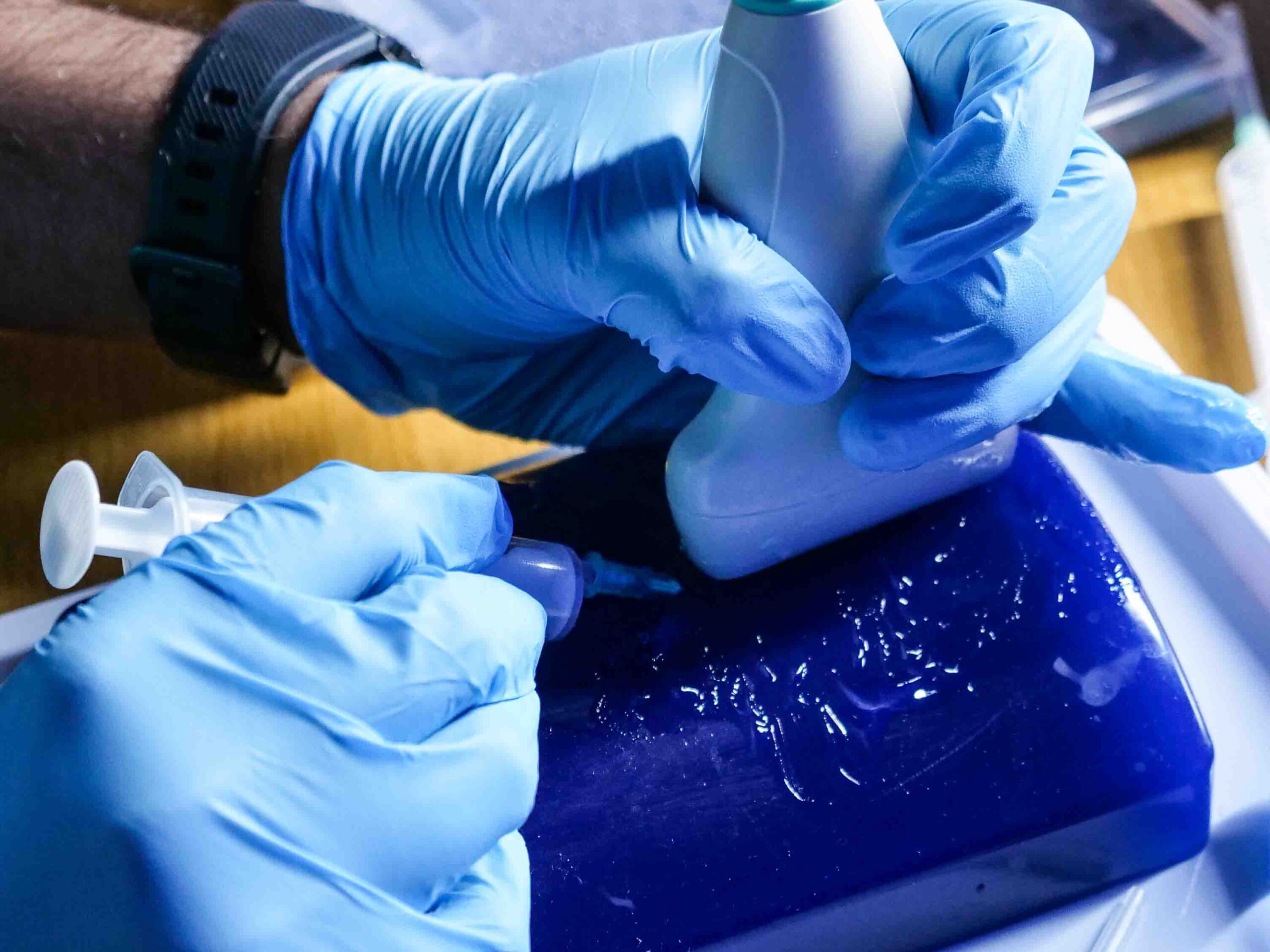
18 years of experience in teaching RCEM courses
Over 15 000 clinicians have taken our courses
4.9 out of 5 is our average Google review score
About Our Ultrasound Guided Nerve Block Course
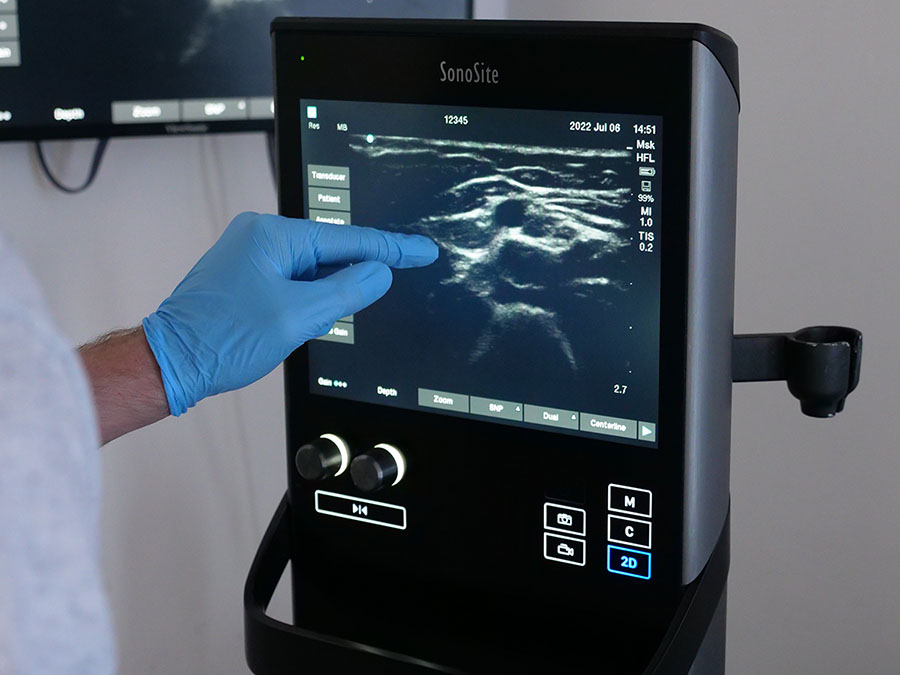
What Does the Course Cover?
This course covers:
- Ultrasound equipment: probes and the most important controls (probe selection, presets, depth, gain, freeze, linear measurement, colour-flow Doppler).
- Recognition of soft tissue anatomy
- Using ultrasound to guide needle insertion, in plane and out of plane. Hydrodissection
- Fascia iliaca block, other hip blocks, serratus anterior block, ultrasound for haematoma block, Introduction to erector spinae block and blocks of the upper limb
- Local anaesthetic agents and toxicity
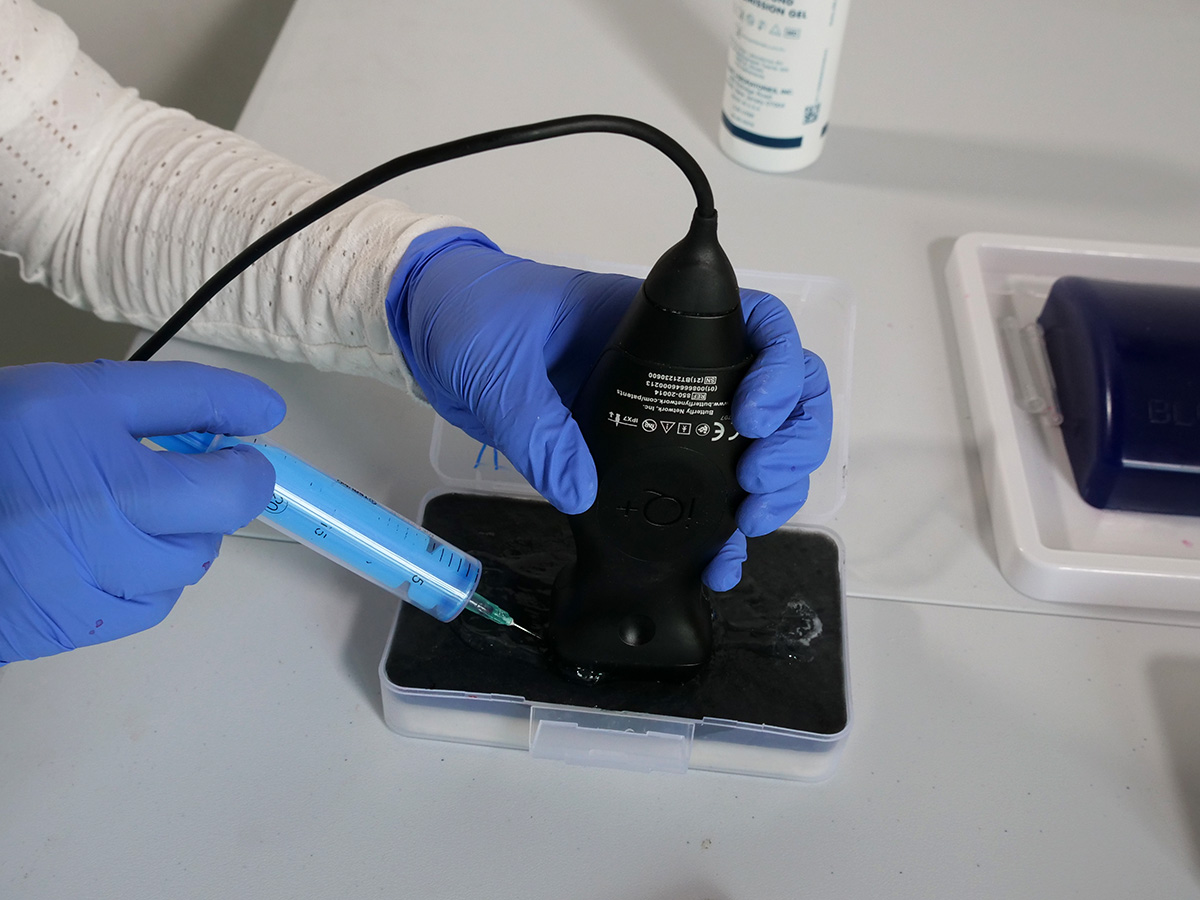
What Skills Will You Develop?
By the end of this course, you will be able to handle a range of different ultrasound machines and be comfortable with ultrasound controls and probes (if you are not already).
You will also practice using ultrasound to guide needle insertion into anatomical models and improve your skills in using ultrasound for needle guidance.
Recognise the anatomy for and understand the technique for the following nerve blocks:
- Lower Limb Blocks – Fascia Iliaca block
- Serratus anterior block
- Erector spinae block
- Haematoma block – how to use ultrasound to guide haematoma blocks
- Understand the rationale and anatomy for suprainguinal fascia iliaca nerve block and PENG block and upper limb blocks.
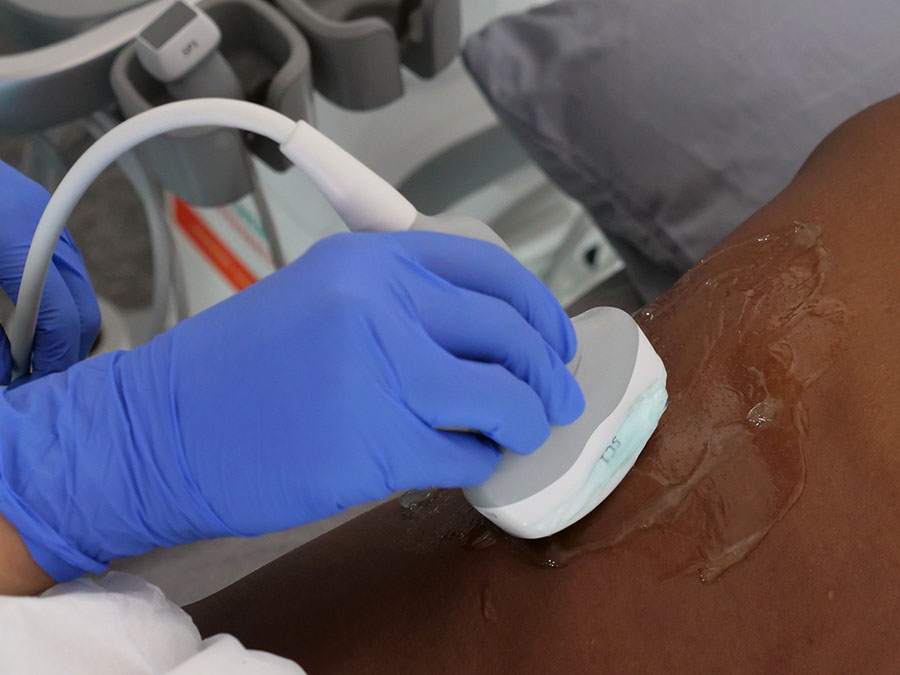
How Is the Course Taught?
In advance of the course you will be asked to watch some short videos covering the key knowledge content for the course if you are not already familiar with ultrasound machine and probe handling and image optimisation. This is to free-up time for practical scanning on the course day.
During the course lectures and live demonstrations of scanning on normal subjects will be delivered by experienced faculty. The lectures will alternate with practical sessions.
Much of the scanning will be done with normal volunteers. You will practice needle insertion using gel blocks, fascia iliaca models and using Needle Trainer (Intelligent Ultrasound-Including AI-based assistance).

